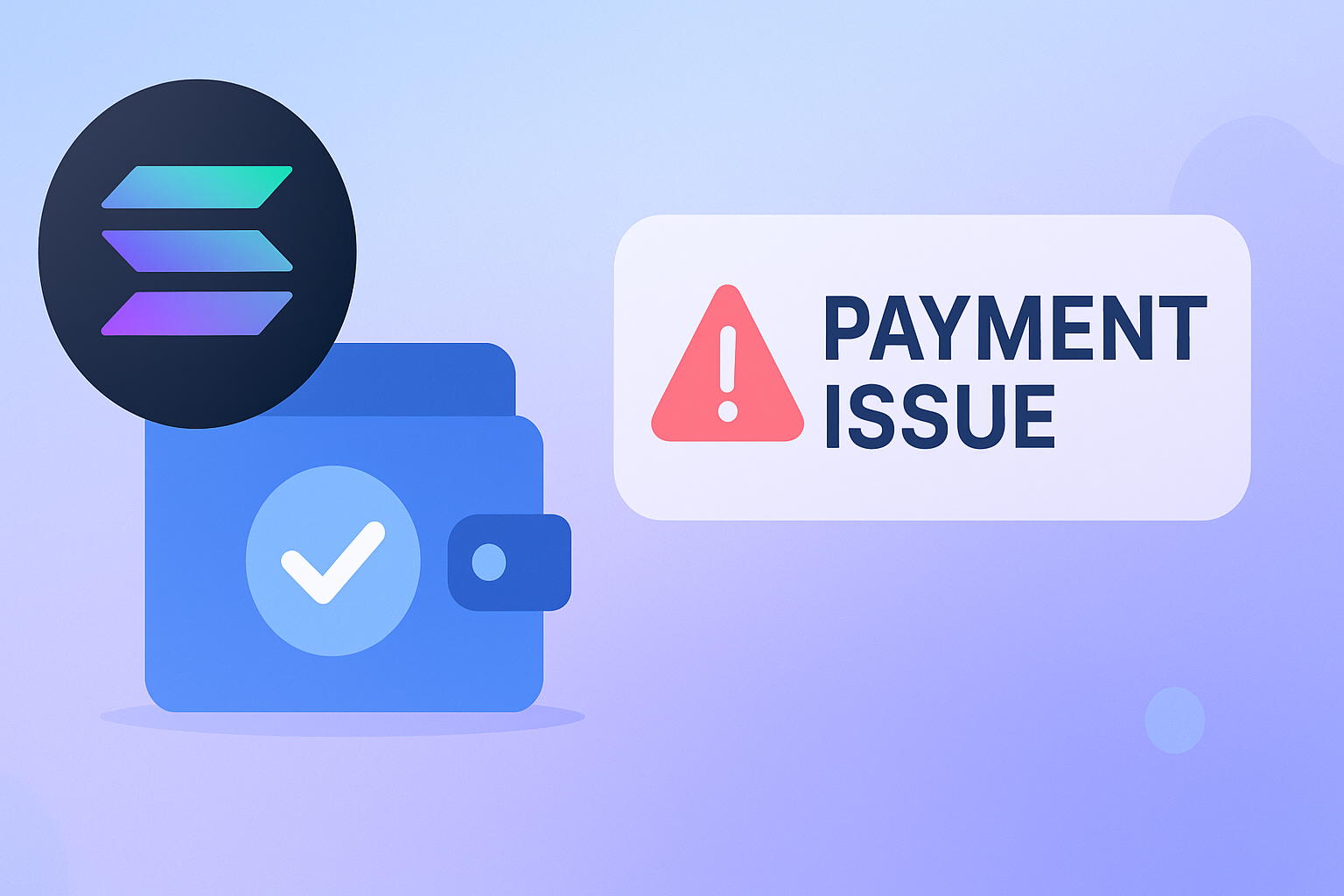Web scraping is an essential tool for gathering data from websites, but one of the biggest hurdles you’ll encounter is CAPTCHA—those pesky little challenges designed to tell humans and bots apart. While CAPTCHAs are great for protecting websites from unwanted automation, they can be a nightmare for anyone involved in web scraping. Luckily, there are ways to bypass CAPTCHAs legally and effectively. This blog will explore some proven methods to bypass CAPTCHA challenges while scraping.
Quick trivia: CAPTCHA stands for Completely Automated Public Turing test to tell Computers and Humans Apart.

Here are the steps on how to bypass CAPTCHAs:
1. Use CAPTCHA-Solving Services
One of the most straightforward ways to bypass CAPTCHAs is to use a CAPTCHA-solving service. These services use human solvers or machine learning algorithms to solve CAPTCHA challenges in real time. Here’s how it works:
-
Human-Based Solvers: These services employ humans to solve CAPTCHA puzzles on your behalf. You send the CAPTCHA image to the service, and a human solver returns the solution.
-
AI-Based Solvers: Some advanced services use AI to solve CAPTCHAs. These are faster but may not be as accurate as human solvers.
Popular CAPTCHA-Solving Services:
- 2Captcha
- Anti-Captcha
- Death by CAPTCHA
These services charge a small fee per CAPTCHA solved, making them a cost-effective solution if you’re scraping large amounts of data.
2. Use Proxy Rotation
Websites often use CAPTCHAs to prevent bots from making too many requests in a short period. Using a rotating proxy setup can help you avoid CAPTCHAs by distributing your requests across multiple IP addresses, making it appear as if they’re coming from different users.
How to Implement Proxy Rotation:
-
Proxy Pools: Use a service that provides a pool of proxies. Each request is sent through a different IP address.
-
IP Rotation: Some advanced tools and libraries automatically rotate proxies for you, minimizing the risk of hitting a CAPTCHA.
Popular proxy services like GridPanel can help you bypass these pesky CAPTCHAs.
3. Headless Browsers
Headless browsers like Puppeteer or Selenium can help bypass CAPTCHAs by mimicking human behavior. These tools can navigate a website as a real user would, clicking buttons, scrolling pages, and even solving simple CAPTCHAs.
Why Headless Browsers Work:
-
Human-Like Interaction: They simulate real user interactions, making it difficult for websites to detect them as bots.
-
CAPTCHA-Solving Plugins: Some headless browsers support plugins that can solve CAPTCHAs or integrate with CAPTCHA-solving services.
Popular Headless Browsers:
- Puppeteer
- Selenium
- Playwright
4. Machine Learning Models
For advanced users, developing your own machine learning models to solve CAPTCHAs can be an effective method. This approach involves training a model on a dataset of CAPTCHA images and their corresponding solutions.
Steps to Create a CAPTCHA-Solving Model:
-
Data Collection: Gather a large dataset of CAPTCHA images and their solutions.
-
Model Training: Train a convolutional neural network (CNN) or other suitable model to recognize and solve CAPTCHA images.
-
Implementation: Integrate the trained model into your scraping setup.
Tools for Model Training:
- TensorFlow
- PyTorch
- Keras
While this method requires a significant amount of time and expertise, it offers a long-term solution that can adapt to different types of CAPTCHA challenges.
5. Browser Automation with Real Users
Another effective strategy is to use browser automation tools with real user accounts. This method involves simulating real user behavior while logged into a website, making it harder for the site to trigger a CAPTCHA.
How to Implement:
-
Browser Automation: Use tools like Selenium to automate browsing while logged in as a real user.
-
Human Interaction Simulation: Incorporate random delays, mouse movements, and other human-like interactions to avoid detection.
Tools for Browser Automation:
- Selenium
- Puppeteer
- Playwright
This method works best for scraping data from websites that require user authentication and are more likely to display CAPTCHAs to bots.
Conclusion
Bypassing CAPTCHA is a complex task, but with the right tools and methods, it’s entirely possible to do so legally and ethically. Whether you’re using CAPTCHA-solving services, rotating proxies, headless browsers, machine learning models, or browser automation with real users, the key is to stay ahead of the game. Always remember to respect the terms of service of the websites you’re scraping and consider the legal implications before implementing any of these techniques.





